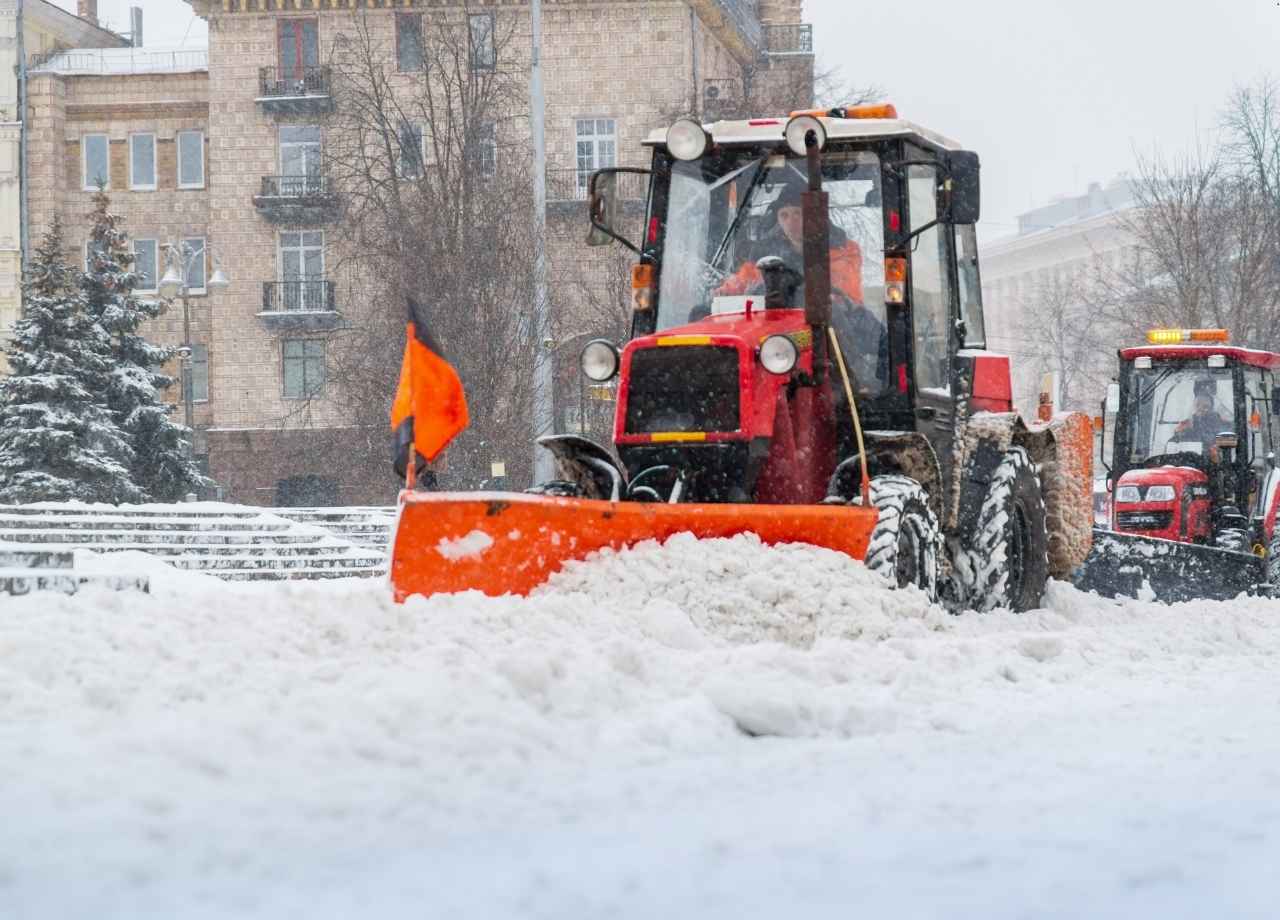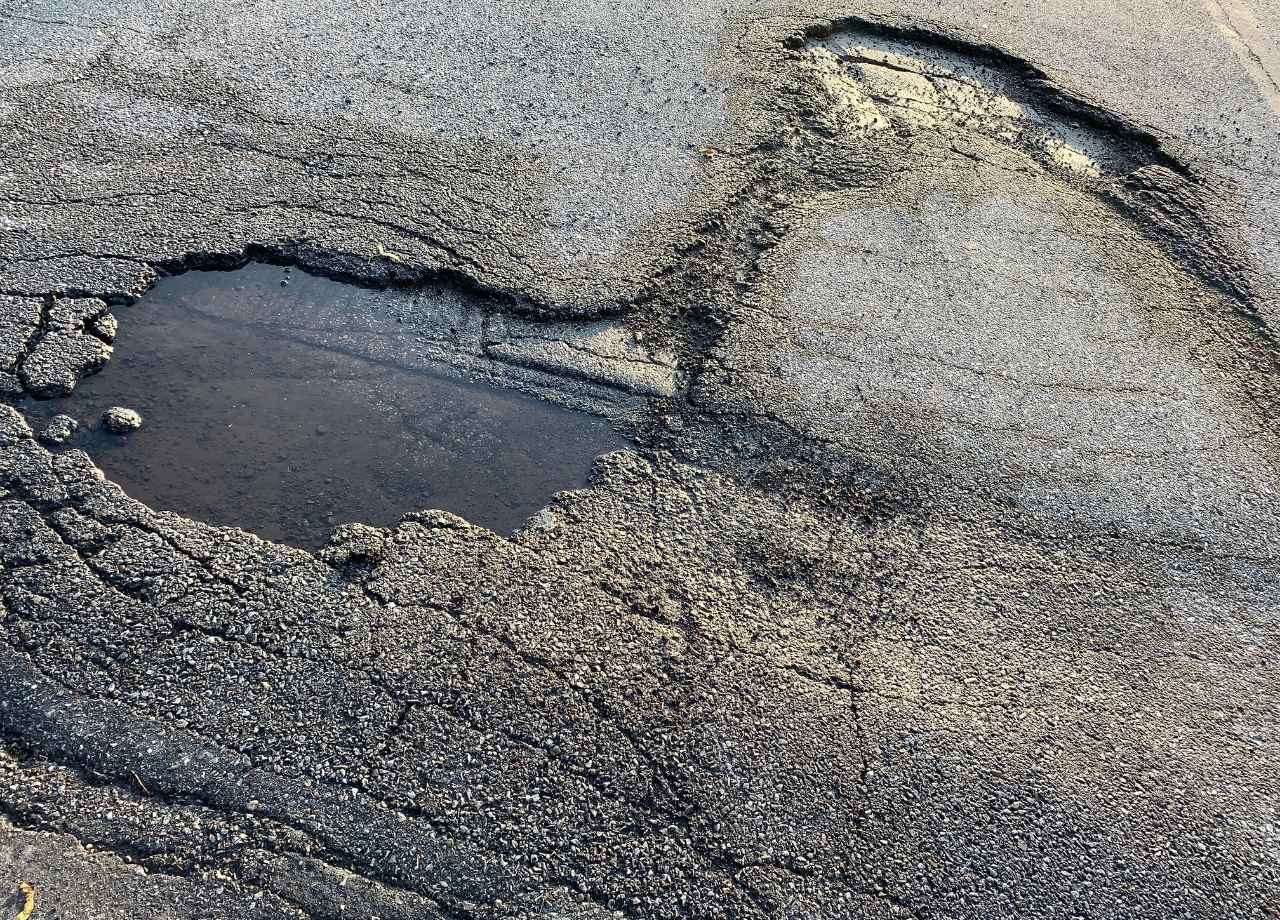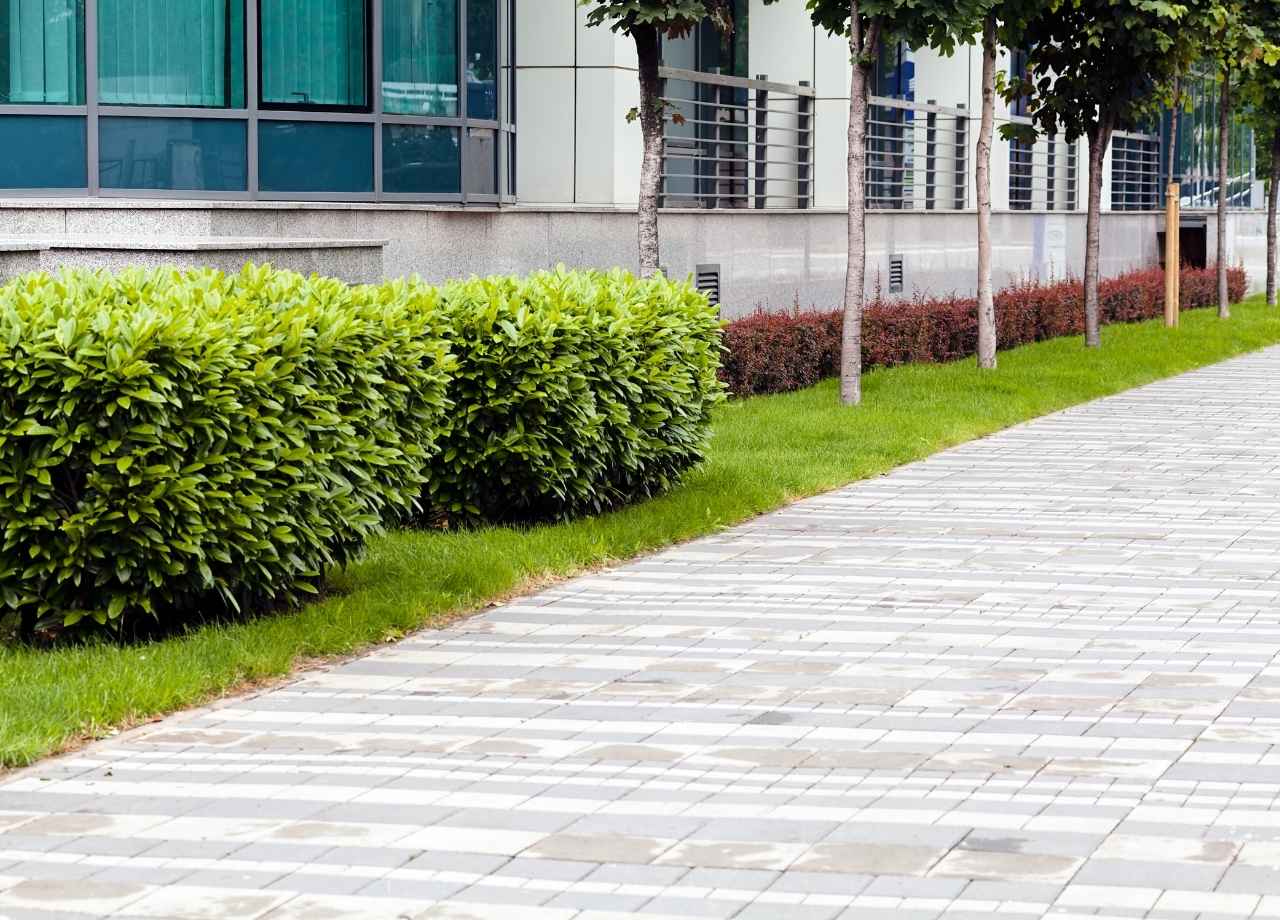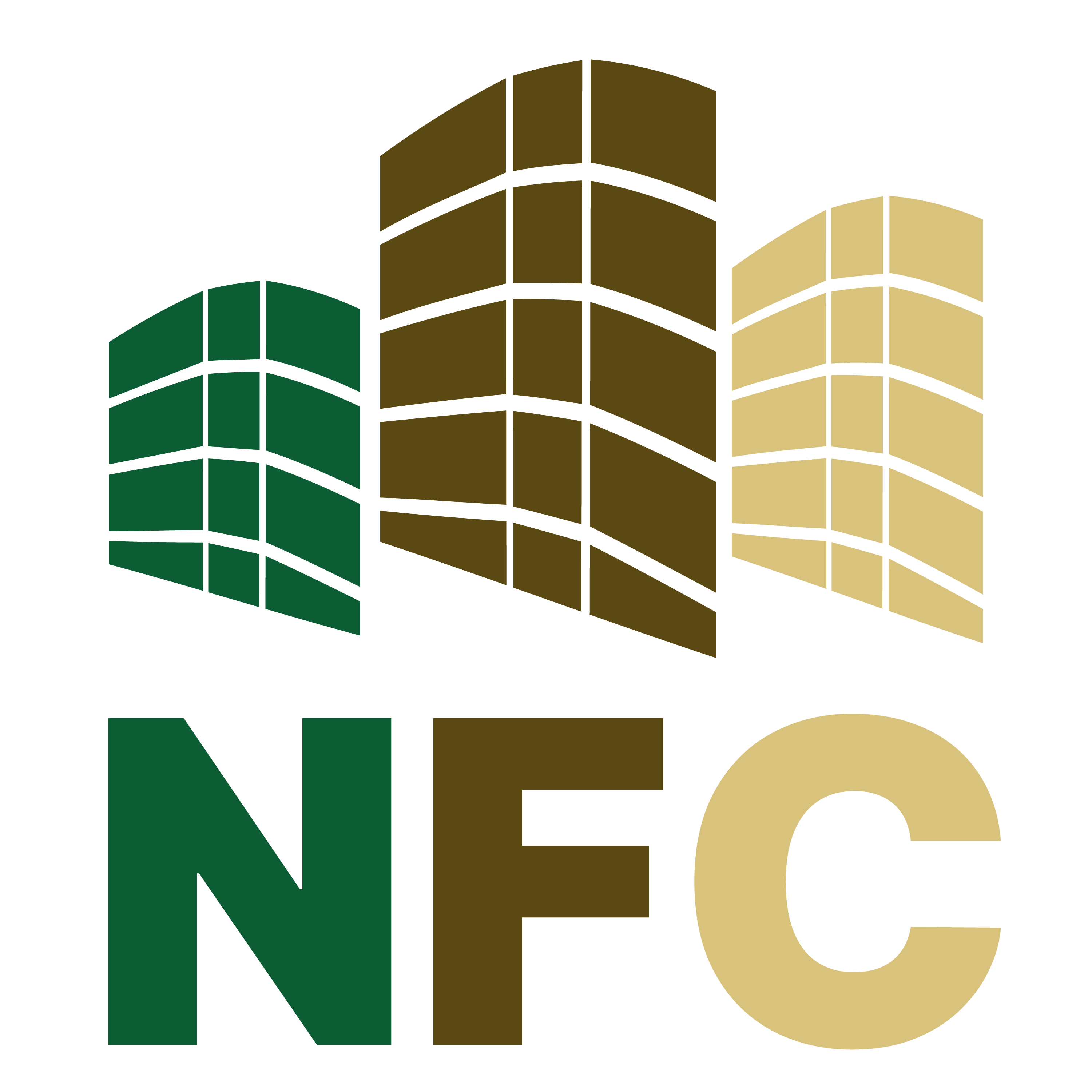How Bollards Improve Commercial Lot Safety & Flow
Steel posts don’t seem like much until a truck jumps a curb or a driver misses a turn. That’s when a bollard proves its worth. One business owner learned this the hard way when a delivery truck misjudged a corner and rolled straight into the storefront. The damage shut the entrance down for a week. Repairs cost thousands. Two bollards, placed six feet apart, could have prevented the whole thing.
Commercial lots bring together different users—shoppers, drivers, delivery staff, pedestrians—all moving at once. Without clear physical guidance, that overlap causes conflict. Bollards give structure where paint lines and signage fall short. They define space, protect assets, and guide vehicles without creating bottlenecks.
How Bollards Manage Movement
Busy lots get messy fast. Carts stray. Cars inch too close to walkways. Trucks block lanes. Without defined boundaries, drivers and pedestrians rely on judgment calls. That’s where accidents happen. Bollards remove guesswork by creating permanent limits that vehicles can’t cross.
A contractor who services retail properties once described how a cart return area was constantly being pushed into traffic lanes. Lightweight barriers didn’t help. After installing fixed bollards around the corral, the problem stopped. Bollards didn’t restrict function. They protected it.
In lots with tight turns, especially near building corners or delivery zones, bollards help vehicles stay on the intended path. Drivers don’t always see curbs—especially in low visibility. A bollard sends a clear message: “Don’t cross here.” That message gets received loud and clear without a single word.
Why Placement Matters More Than Quantity
Adding bollards isn’t about covering every open space with posts. Strategic placement is everything. Too many, and the lot feels overbuilt. Too few, and they don’t prevent damage. Knowing where movement tends to drift, where turns are tight, and where people cross lanes allows for smart installation.
- Identify tight corners near storefronts or loading docks
- Analyze pedestrian movement across drive lanes
- Evaluate where deliveries or ride shares typically idle
One project manager shared a story about a medical clinic where patients kept shortcutting across traffic lanes to reach the entrance. Bollards weren’t just about blocking movement—they redirected it. After a short line of posts was installed along with a few shrubs, foot traffic shifted to the proper walkway, reducing near-miss incidents almost immediately.
Another site had a consistent issue with trucks clipping a light pole near a loading dock. Repainting and warning signs didn’t help. Bollards, angled and spaced properly, changed the way drivers approached the turn. The pole stayed intact. No more insurance claims. No more service calls to fix lights.
How Bollards Protect Structures Without Making Lots Look Crowded
Retail owners often hesitate when bollards are brought up during planning. “They look industrial,” some say. Or, “They don’t fit the building.” But options exist far beyond simple concrete-filled steel pipes. Many bollards are designed to blend in or match the architecture of a building. That doesn’t mean picking form over function—it means choosing both.
- Downtown business districts often use stainless steel models with brushed finishes
- Healthcare centers may opt for powder-coated versions in brand colors
- Schools frequently select brightly colored bollards to improve visibility for children and buses
What they all share is the ability to absorb, deflect, or signal. Whether it’s protecting a fire hydrant, keeping cars away from HVAC units, or keeping walkways clear, bollards get the job done quietly. They don’t have moving parts. They don’t need software. They just work.
Bollards Add Flexibility to Commercial Site Design
Some bollards are fixed. Some are removable. Some retract into the ground. That flexibility matters in lots that change usage throughout the week. During business hours, fixed bollards can protect storefronts and pedestrian zones. After hours, removable ones allow for loading or emergency access.

Contractors working on mixed-use plazas often include removable bollards near service lanes that double as pedestrian walkways. This approach prevents misuse without sacrificing access. During events or special deliveries, staff can unlock and move the posts as needed.
- Fixed bollards protect permanent risk zones
- Removable bollards offer temporary access
- Retractable models support emergency response
That’s a practical solution with long-term value.
What Contractors and Facility Managers Know That Others Miss
Contractors who maintain properties see the results of poor planning. They know where vehicles cut corners. They see where damage happens repeatedly. They get the calls about scraped walls, bent signs, and broken curbs. And often, they recommend bollards—not as overkill, but as a long-term fix.
One facility manager explained how a distribution center had to replace the same fence corner twice in six months. After adding three bollards—angled just right—the problem stopped. The driver behavior changed. The damage stopped. And the repair budget stayed untouched.
Maintenance crews appreciate bollards because they’re low-cost, high-value. Once installed, they last for years with minimal upkeep. Occasional repainting and checks for rust or corrosion are usually all that’s required.
- No software updates
- No mechanical failures
- No complicated parts
That kind of reliability matters when a facility juggles dozens of responsibilities.
Safety Isn’t Always About Technology
Modern lots have sensors, cameras, automated lighting, and signage. But none of that helps if a delivery van backs into a transformer box. Bollards don’t need power. They don’t glitch. They don’t fail under pressure. That simplicity is part of their strength.
They also send a signal—subtle but strong. When drivers see a row of bollards ahead, they slow down. They pay closer attention. The presence of those posts encourages better behavior without confrontation. Pedestrians feel safer walking near them. That’s valuable in any public-facing property.
- No learning curve
- No user training
- No lag time between threat and response
Just visible, physical reinforcement of what safe movement should look like.
Insurance and Liability Considerations
Insurers notice when properties have built-in safeguards. Physical barriers reduce risk and minimize damage during incidents. That often translates to better premiums or fewer denied claims. A bollard that stops a vehicle before it hits the storefront reduces liability for injuries, business interruption, and structural damage.
One property owner saw a drop in minor claims after adding bollards near a busy pick-up lane. Drivers who once used the walkway as a shortcut started following the marked path. Fewer close calls. Fewer complaints. Fewer costs.
- Lower repair bills
- Fewer personal injury claims
- Reduced exposure to public liability
It’s a small investment that creates real financial protection.
What Good Lot Design Looks Like
Effective parking lots don’t just accommodate vehicles—they protect people, property, and flow. Bollards support that by guiding movement, reinforcing boundaries, and allowing flexibility where needed. They do it quietly, without drawing attention, until they’re the one thing standing between order and disaster.

Good contractors plan for this. They don’t bolt them on after the fact. They include bollards during site design, especially near vulnerable points:
- Glass entrances
- Utility units
- Loading docks
- Pedestrian zones
- Corners with tight turns
That foresight saves money, protects users, and reduces long-term maintenance.
Final Thoughts
Bollards aren’t fancy. They’re not new. But they work. Facility managers and contractors who’ve seen what happens without them understand their value. They turn unpredictable movement into controlled flow. They protect people and property. And they do it without making a space feel closed off or over-engineered.
Most visitors won’t even notice them. That’s the point. Safety should feel natural—not forced. That’s what bollards deliver: quiet, effective control in spaces where things move fast and mistakes cost real money.







